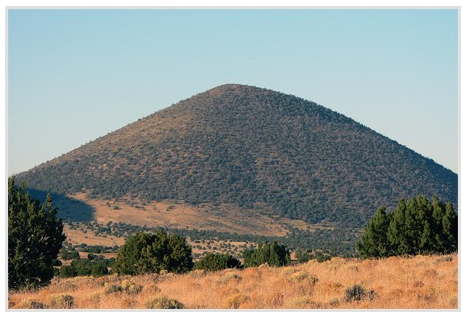List the advantages and disadvantages of using a standard rain gauge vs. weather radar to measure precipitation
What will be an ideal response?
Standard rain gauge: Highly accurate measurement of rainfall received on the ground. Collected only in the place where the gauge is located, and incapable of giving rain rates, intensity, or regional extent of rainfall. Must be read manually.
Weather radar: Detailed picture of rainfall intensity and location. Shows movement of the rainfall. Read digitally, provides spatially rich data. Cannot give specific rainfall amounts received on the ground.
You might also like to view...
Chlorofluorocarbons are
a. nontoxic b. corrosive c. odorous d. flammable e. expensive
This volcano is relatively small and composed of volcanic cinders. What kind of volcano is it?

A) Cinder cone
B) Shield volcano
C) Composite volcano
D) Volcanic dome
E) Caldera
Although plate boundaries influence the distribution of some metals resources, petroleum
geologists cannot effectively use tectonics to explain petroleum concentrations. Indicate whether the statement is true or false.
Snowfall depths can be tricky to measure because:
A) it is difficult to locate instruments far enough away from buildings. B) snow usually melts too quickly once it reaches the surface. C) there is no automated instrument capable of measuring snowfall. D) wind causes snow to vary in depth across the surface.